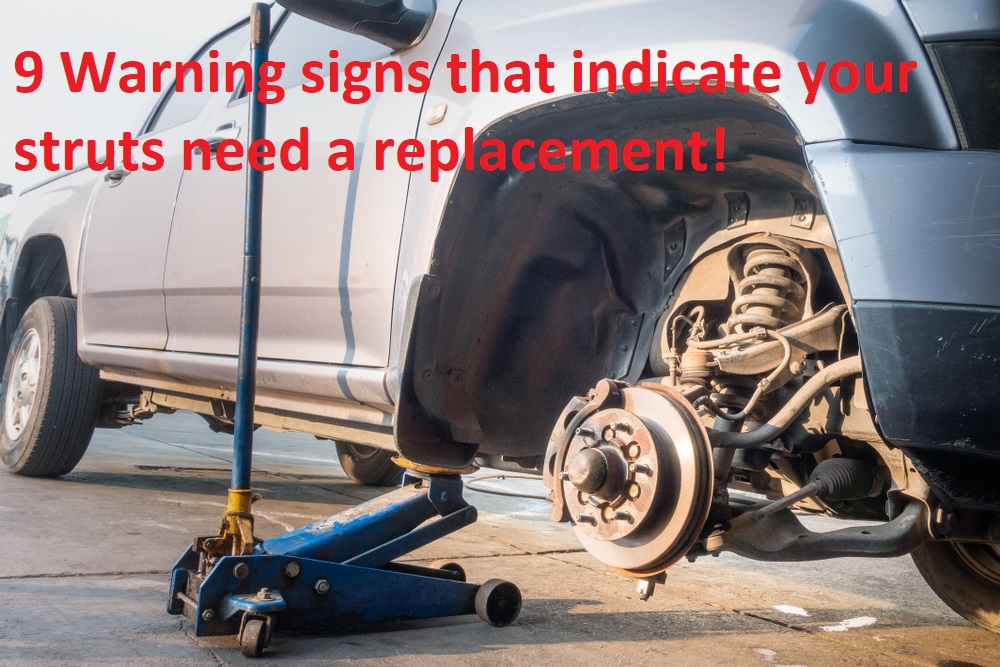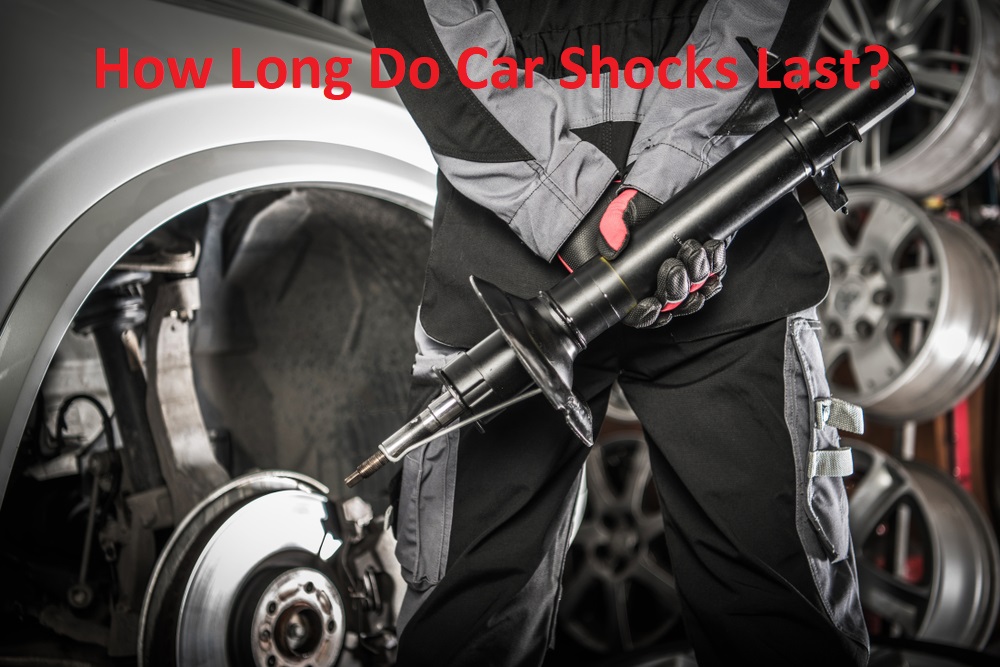Rhodium is one of the world’s most scarce and precious metals, occupying only 0.0002 parts per million of the earth’s circumference. But how much rhodium is in a catalytic converter?
Rhodium is, found frequently in catalytic converters. Hence, the automobile industry attaches great importance to it. Let’s get into why it happens to be so valuable.
How Much Rhodium is in a Catalytic Converter?
Rhodium is a significant part of a catalytic converter. Since it’s so scarce in the world, it is only present in a tiny amount in each cat converter.
The exact amount of rhodium found in a catalytic converter depends on a few things, such as the type of vehicle and its age.
For instance, vehicles with gasoline-powered engines contain precious metals like rhodium, platinum, and palladium. On the other hand, vehicles with diesel-powered engines only require rhodium and platinum.
PGM measures the amount of rhodium, platinum, and palladium. On average, cars and motorcycles have catalytic converts with around 2-6 grams of PGM.
Trucks and larger-engine SUVs have about 6-30 grams of PGM.
Of these, rhodium has the smallest proportion compared to palladium and platinum. Generally, a catalytic converter contains no more than 1-2 grams of rhodium.
Platinum takes about 3-7 grams, while palladium ranges from 2-7 grams.
However, even 1-2 grams of rhodium can offer great value for the old catalytic converter.
What is the Purpose of Rhodium in a Catalytic Converter?
A catalytic converter’s function is to control air pollution by turning the pollutants found in a vehicle’s exhaust into less harmful gasses passed onto the environment.
The catalytic converter is only able to tackle the emissions problem because of the precious metals found in it. Rhodium is an essential component of this process.
It does so by reducing the intensity of the pollutant nitrogen oxides (NOx). Moreover, the vehicle discharges the pollutant through the exhaust.
This works since rhodium synergizes with other precious metals like platinum and palladium to neutralize the vehicle’s exhaust’s toxicants into less, more breathable air.
Rhodium is extremely powerful as it is a catalyst for making acids, including acetic and nitric acid. Additionally, its nature is corrosion-resistant, making it valuable in various industries. This is why it’s placed in a catalytic converter.
However, many drive without a cat-con or utilize fake catalytic converters to spare some cash.
Current Rhodium Price on the Market
Rhodium has a tremendous financial value in the market. It is considered a precious metal. It also has a variety of industrial and commercial uses, which adds to its economic value.
Rhodium does not have a fixed rate; it fluctuates according to the market. In 2022, it was priced at $345 per gram. Since it is so expensive, it makes sense why only very low amounts of these precious metals are added in a catalytic converter.
Even a tiny amount of it is a target for thieves due to this price. The number of stolen catalytic converters has always been high and keeps increasing yearly.
Catalytic Converters with Most Rhodium Element Consistency
All catalytic converters have a proportion of rhodium in them. However, some have a richer quantity of it than others.
These are usually intended for vehicles with large engines or vehicles with more than one catalytic converter. Usually, they are high-standard vehicles.
Thus, it’s not hard to guess. Vehicles whose catalytic converters are pricier tend to have more rhodium in them. This is because rhodium is an expensive precious metal.
Toyota Prius, for instance, has the most rhodium, palladium, and platinum in its catalytic converter compared to other cars’ catalytic converters.
While this gives the car a better perfume, it has a risk too. These catalytic converters are more prone to theft.
Since these valuable precious metals have a high financial value and a high demand, thieves find an advantage in this.
Toyota Prius is known to be one of the most targeted vehicles for its catalytic converter. With the amount of rhodium, palladium, and platinum it contains, the cat converter has a price of about $2,000.
The most expensive catalytic converter—in 2020—was found to be of Ferrari F430. It required two catalytic converters, each of which cost $4,500.
How to Extract Rhodium from a Scrap Catalytic Converter
You can extract rhodium from scrap catalytic converters. However, make sure you do this with precision and extra care for an appropriate outcome. Go step-by-step according to the guidelines explained ahead.
Remove the Catalytic Converter
The first step is to take the catalytic converter out of the vehicle. Make sure to be safe while you do it. You can get a safety kit to ensure this. The kit usually includes protective glasses and heavy-duty hand gloves.
After this, go under your vehicle to take the catalytic converter out. You will need to unscrew the bolts of the catalytic converter. Another option is to take a flame cutter to extract the catalytic converter from its originally attached part.
Cut the Honeycomb-like Part
The next part is to separate the honeycomb-like structure from the cat converter. Ideally, use a cutter to split this structure where the precious metals sit.
Try to avoid any injury. First, you need to ensure a carefully cut portion. Next, take a pair of box cutters or use your hands to remove the platinum from it.
Crush the Platinum
Now you have a mixture of platinum with you. This mixture has rhodium mixed with it. Crush the platinum with a rod mill until it turns into powder. You will then need to get a mixture of agents that help with the chemical process of extracting rhodium from platinum.
Use an Aqua Regia Mixture
An aqua-regia mixture works best for this. It contains a mix of nitric and hydrochloric acid. Mix the solution properly and charge the Regia to a reactor.
Heat it to the demanded temperature. When it reaches that level, add the crushed powder to the reactor.
Stir the solution at 700rpm at atmospheric pressure. Next, take a pipet to take the leachate at consistent intervals. Filtering this will lead to the extraction of rhodium.
These steps take a lot of work. It involves interacting with risky chemicals and acids.
It is best to leave this to professionals. Thus, contact a scrap metal yard to accommodate you in this task.
How Do You Separate Rhodium from Platinum
At last, you need to separate the rhodium from the platinum. To get the soluble rhodium salt from your collected soluble salt, you need chloridizing. Chloride the solution in a chlorine atmosphere for this.
However, a professional can perform this task much more efficiently. To extract rhodium for the platinum group metals, refer to a professional to do it for you.





